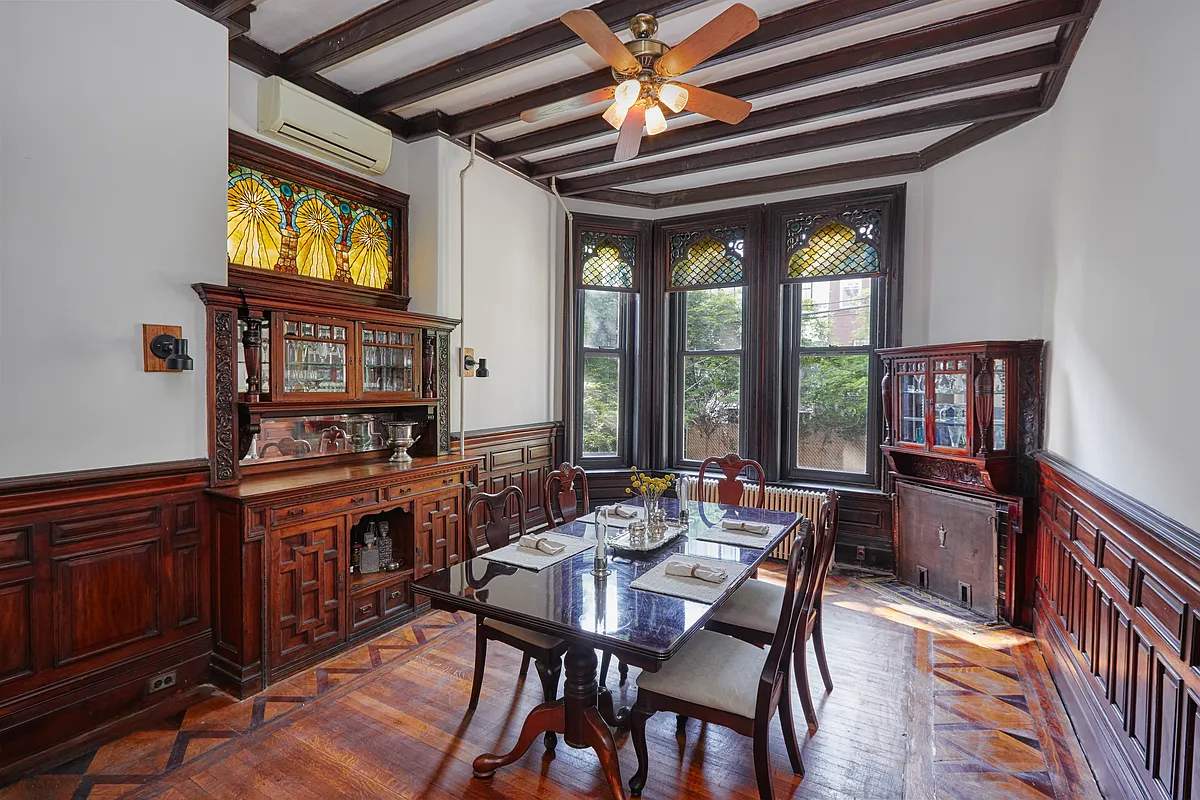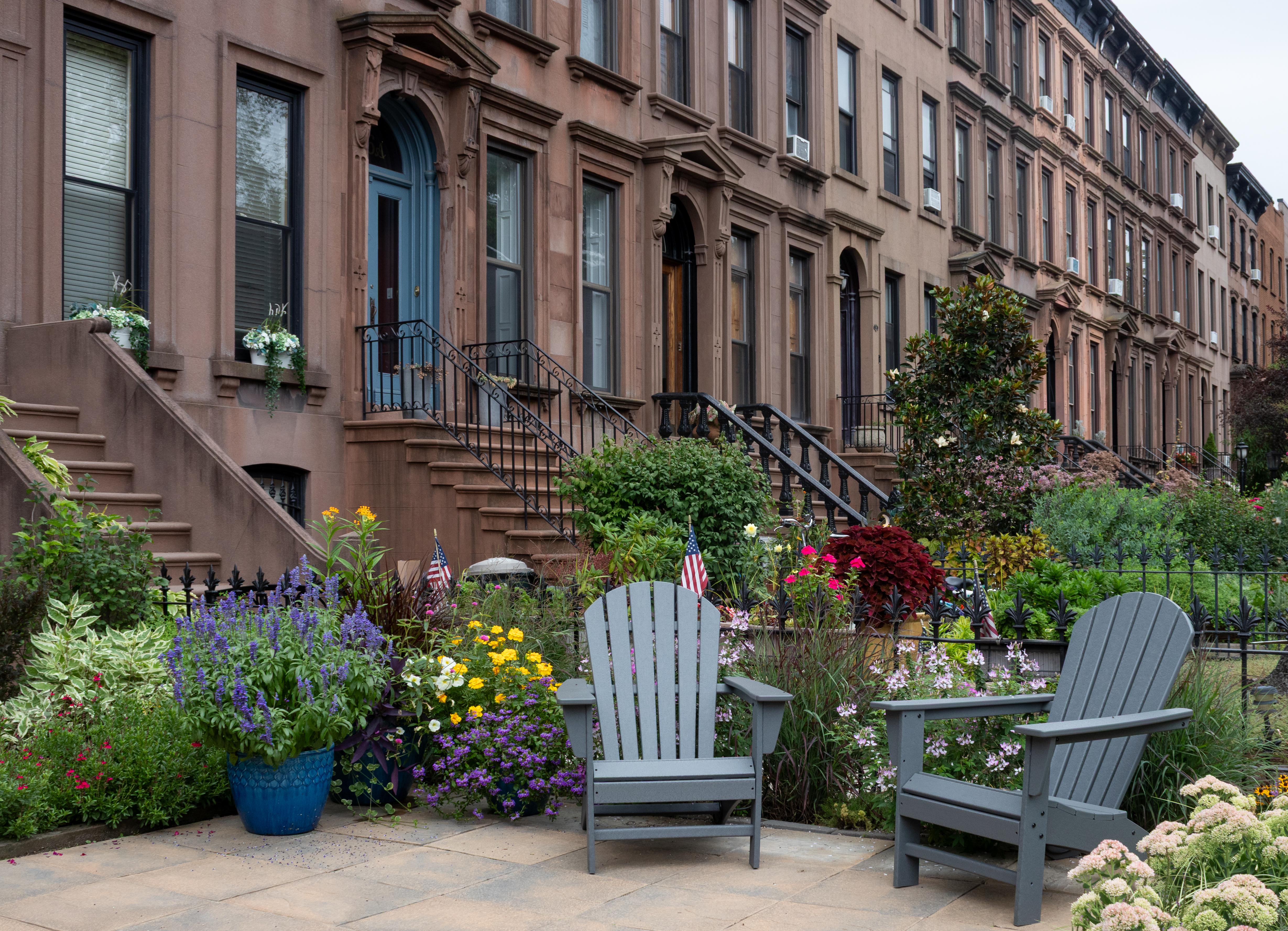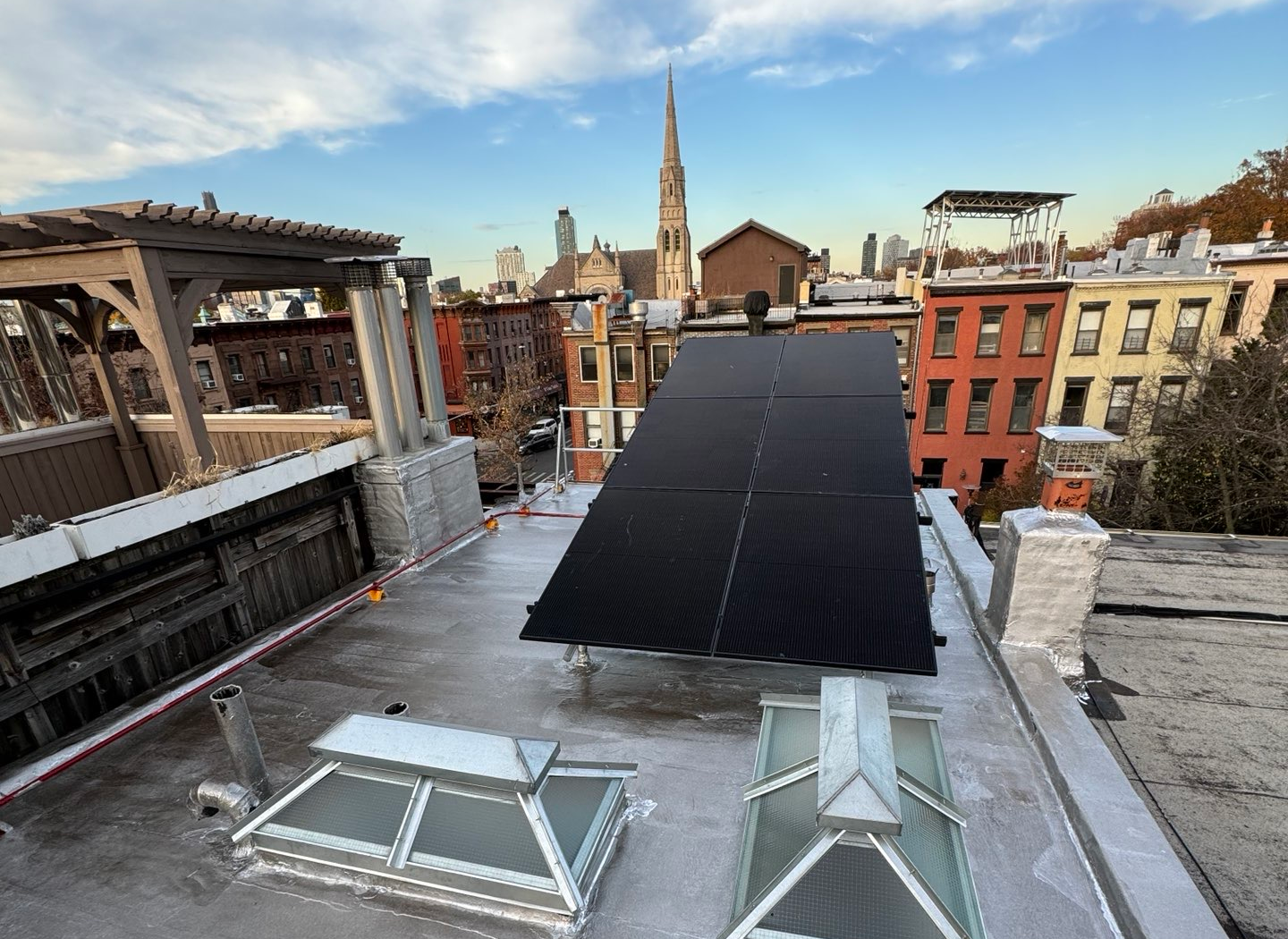Locals Put Heat On City For Ignoring House of D Plan
A group of Boerum Hill residents is not at all pleased that the city is ignoring the one plan put forth to transform the House of Detention on Atlantic. The coalition is composed of local “stakeholders” including the Atlantic Avenue Betterment Association and the Boerum Hill Association, and has this to say: Although the Stakeholders…

 A group of Boerum Hill residents is not at all pleased that the city is ignoring the one plan put forth to transform the House of Detention on Atlantic. The coalition is composed of local “stakeholders” including the Atlantic Avenue Betterment Association and the Boerum Hill Association, and has this to say:
A group of Boerum Hill residents is not at all pleased that the city is ignoring the one plan put forth to transform the House of Detention on Atlantic. The coalition is composed of local “stakeholders” including the Atlantic Avenue Betterment Association and the Boerum Hill Association, and has this to say:
Although the Stakeholders are not endorsing the Atlantic Gateway proposal, they feel strongly that it incorporates intelligent solutions across multiple dimensions: service to the judicial process, affordable housing, and Atlantic Avenue retail; and it addresses longstanding quality of life issues for neighborhood residents. What the plan does not propose is adding on to an already outsized jail facility standing at the gateway to Brooklyn in sharp contrast to the renaissance of the surrounding area since the jail closed its doors in 2003.
They’ve launched a website with a goal of “building consensus to stop the [jail’s] expansion.”
Brooklyn HOD Community Stakeholders Group
Groups Band Together to Push Brooklyn Big House Alternatives [Curbed]
Brooklyn Neighbors Really Don’t Want Jail in Their Backyard [The Real Estate]
A Look at the (Rejected) House of D Condo-Retail Plan [Brownstoner] GMAP
Photo by vidiot.





why is there no EIS on this project like they did for atlantic yards?
“the guard to inmate ratio at Brooklyn House can be much lower than it is at many buildings on Rikers.”
It’s actually the reverse. It takes fewer officers to watch inmates in dormitory settings than it does in a cell area. Officers (not guards) often do not have a clear line of sight into a cell. All of the suicides have taken place in cell areas. Two years ago the Department got a variance to squeeze more beds into the dormitory areas making those areas more effective from a staffing pointof view. However, violence increases in the dormitories because the inmate staff ratios are high and the inmates are never locked in. The Department is still not allowed to “double bunk” in the cell areas which means only one man or woman to a cell. We can advocate to squeeze as many inmates into a jail without increasing staff but we pay later when inmates are assaulted and the staff doesn’t know who the perpetrators are and in compensation and 3/4 disability pensions when staff are injured.
2:24, thanks for the clarification.
BoerumHill 4:16, the reason all those costly renovations took place was because the Department of Corrections had every intention of reopening Brooklyn House as soon as they were completed. The renovations had to take place in order for the building to comply with rulings that grew out of certain state and federal lawsuits. The simple fact of the matter is, it costs the DOC less to house prisoners, even just a few hundred, in downtown Brooklyn than it does on Rikers Island. But when Mayor Bloomberg was running for re-election, his budget office vetoed the idea even though the D.O.C. listed it in several budget proposals as a cost saving measure. The presumption was the mayor didn’t want to upset voters in the neighborhood. Even so, let’s say it doesn’t re-open now but 10 years from now the prison population explodes again. They’ll need usable facilities right away in order to eleviate the overcrowding. Brooklyn House will be one of those facilities.
The reason it took so long for the renovations to be completed was an owner of the original contractor died. His son took over the business afterwards, but because of business complications following his father’s death, he was unable to complete the project. The city was then in the unusual position of having to ask for bids to complete a half-finished project.
As for not meeting federal guidelines, can you elaborate on what you’re talking about? I was refering to how man correction officers are required to watch over a certain number of inmates during lock up when they have clear line of site. As far as I know, the guard to inmate ratio at Brooklyn House can be much lower than it is at many buildings on Rikers.
To whoever said the building breaks up the continuity of the neighborhood, it depends on what side of Altantic Avenue you’re standing on. The building matches the scale of the Brooklyn criminal court house and several other structures on that side of Atlantic. And as you go towards Flatbush Avenue, there are several other buildings of the same or greater height such as the old YWCA building.
The Brooklyn House does not require major reconfiguring in its present state. The facilities on Rikers Island especially the “temporary dormitories,” some of which were built 20 years ago when the Department had an average daily census of 28,000 inmates, are falling apart and will have to be put out of commission. So don’t worry too much about wasted money. The kitchen will get plenty of use, the windows will be looked out of or screamed out of, and employees will park around the building with its pink marble facade. If you purchased a home in the area recently, the fact that this jail would once again open should have been factored in, if you were in the area before the development of the newer condo’s, you have already lived with the jail and from what I can tell are not the people so vehemently opposed to its reopening.
HOD has been a sinkhole for your tax dollars.
Examples:
$18 million kitchen created and never used
$45 million pink marble exterior cladding, installed over 8 years
Bollards installed to prevent abusive parking by HOD and court employees, then uninstalled
$16 million for replacing windows in an empty facility
Further, HOD does not currently meet federal guidelines for detention facilities and requires major reconfiguring even if capacity is not increased.
DOC wishes to double current capacity even in the face of plummeting crime rates and strong opposition from community organizations that have solid support from elected officials.
“Accused criminals tend to be a much more orderly inmate population.”
Not true. Inmates awaiting trial are more volatile because their lives are in limbo. Once they are sentenced, they have resolution even if it means doing “state time” and the NYS DOC inmate rules are much more strict than the rules in the NYC DOC. Race and gender unfortunately also factors into inmate behavior. State Officers are predominantly white and male. City Officers are predominantly Black and Latino and 45% female.
“They are separated from the exterior walls by a walkway/hallway.”
True. The walkway is called a catwalk.
” It’s virtually impossible for anyone in a cell at Brooklyn House to communicate with anyone on the sidewalk below also because the windows are frosted with no visibility through them.”
Not true. Although the inmates can not communicate during “lock-in” hours 11:00 pm- 7:00 am, they can and sometimes do yell down to the streets from the windows in the “dayrooms” which are not frosted. An inmate lawsuit forced the Department to install windows in the Brooklyn House and to keep them clean so that the inmates could see outside. When the inmates do yell from the windows, or the roof recreation yard, they are ordered to stop. If they don’t, they are issued a notice of infraction. This is usually enough to get most inmates to stop. Of course you have a couple of knuckleheads on every tier who will eventually get transfered to Rikers. Officers can but will not be ordered to use force to stop an inmate from yelling out of the window. Wardens just like their Police Department counterparts are very concerned with keeping their use of force and other stat’s low.
“All the blocks around the HOD were essentially a parking lot for the CO’s. They never seemed to get ticketed even if parked illegally.”
True. The Department has to contractually provide parking for supervisory officers. They do not have to provide parking for officers and they do not issue permits to officers. The officers permits are issued by their union. Traffic agents will rarely ticket their cars because they would then have to ticket the cars of the police, court and other law enforcement personnel who park illegally in the area.
The Brooklyn House is considered a prefered command for the Correction Officers because it is off-Island (Rikers) and the officers here get to go out for lunch unlike the officers working on Rikers. The officers are therefore usually very low key and considerate of their neighbors. Unlike the NYPD, many live in Brooklyn and take public transportation to and from work providing an extra layer of security during the early morning and late night hours while en route to and from the train stations and of course while riding the trains.
The jail which was renovated under the Guiliani administration, can open as is. It would benefit the community to try and find a resolution as to how and when it will re-open while DOC has a commissioner willing to listen to their ideas. If Rudy and Bernie were still at the helm, there would have been no conversation.
Hasn’t AABA public OPPOSED retail?
I dont care that much about the jail reopening – what angers me is that the city just spent 99-03 between 50M-75M fixing up the jail and then let it sit empty for years and now wants to spend hundreds of millions more before a single inmate uses it…..STOP WASTING MY $$$$$$$
I lived on Pacific Street from ’90- 2003. There was nothing behind our building but a parking lot so we were essentially across the street from the HOD. I hate to refute 1:31, but we were awakened more than a few times by guys yelling down for their girlfriends to “get the bail”. I don’t know where they were in the building but in summer with our windows open, you could definitely hear it. At 3 am. During the day, there was always a lot of screaming when the prisoners were allowed to use the exercise pen at the top of the roof especially whenever we used the roof deck. To say that you can’t hear them at all would be incorrect.
But we never had any problems with the inmates. We used to joke that we were safer living there because escapees would be more likely to leave the area quickly. The big problem was the amount of parking that the corrections officers got to use by special permit. All the blocks around the HOD were essentially a parking lot for the CO’s. They never seemed to get ticketed even if parked illegally.
I think it’s amazing that anyone really believed that the jail would never reopen after sinking a lot of money into renovations. Anyone who moved there should have always considered the potential for its being a working facility. When we bought our apartment the jail was just part of the picture. If we were still there, I would’ve assumed we hadn’t seen the last of it.